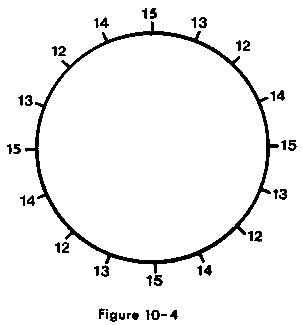Have you ever spent hours working on a program, editing and deleting lines or words only to be rewarded by having your ATARI lock up on you? With no alternative left but to turn the power off and start over? If the answer to that question is yes, then you're not alone. Don't worry, there is nothing wrong with your system (well nothing that can be repaired anyway.) It seems that if you spend a lot of time editing any part of a program, you will find that more often than not, it will lock up. For some strange reason your ATARI can not perform too many edits at a time. One way to avoid this dilemma is to LIST or RUN the program after every couple of line edits. If you follow this simple practice you may find that your problem will be solved. This may seem like an inconvenience but if you weigh this against the possible loss of a valuable program, and the great editing capabilities of the ATARI, then it seems a small price to pay.
Have you ever wished that it was possible to ask your Atari how it was feeling? Well. below is a listing which can help give you an idea of your Atari's health.
It's actually a very simple program which utilizes the fill function. The program fills the screen with a color (1) and should fill all pixels. If there is a pixel which did not retain the color, then there is a good chance that there is a bad bit. However, a bad bit may never be noticed and it does not necessarily mean that you'll have any problems. But it's a comforting feeling knowing that everything is up to par.
10 GRAPHICS 7+1620 PLOT 159,95
30 DRAWTO 159,0
40 DRAWTO 0,0
50 POSITION 0,95
60 POKE 765,1
70 XIO 18,#6,0,0,"S:"
80 GOTO 80

STICK (Driving Controllers)
Format: STICK(aexp)
Example: PRINT STICK(O)
This function works the same way as the paddle and STICK commands, but in this case is being used with the Atari Driving Controllers. The
driving controllers are numbered from 0-3 from left to right.
Figure 10-4 shows the numbers that will be returned when the driving controller is turned in any direction.
NOTE: You may find it helpful if the above information is photocopied and attached to page 60 of your Basic Reference Manual.